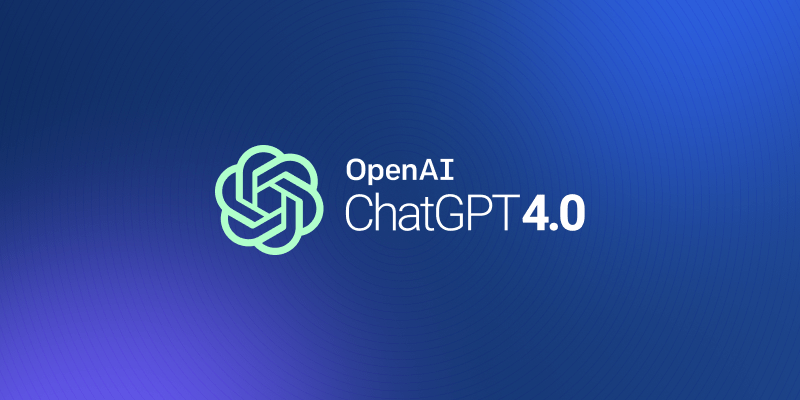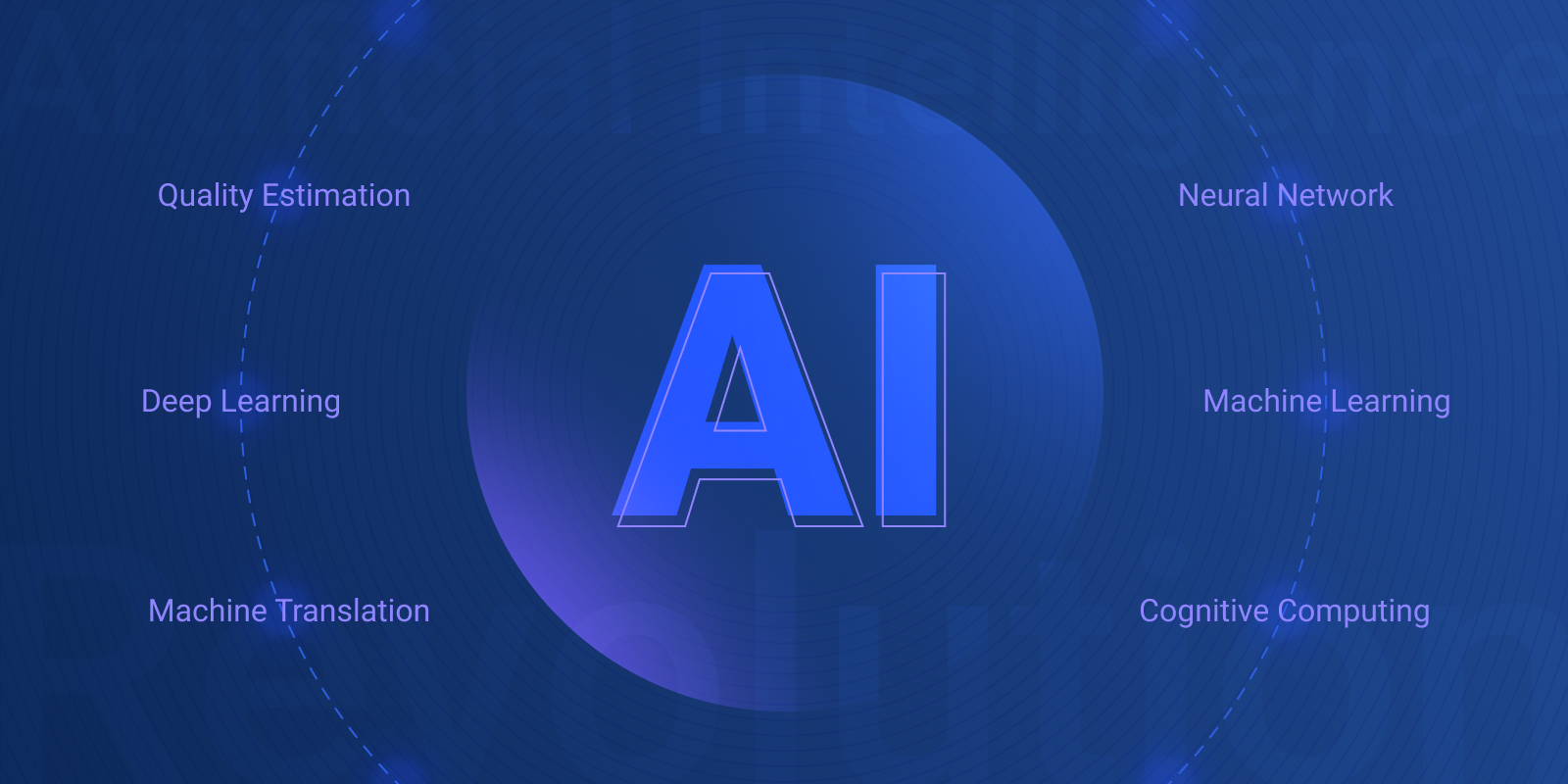ChatGPT (Un-)Fit for Translation?

How is ChatGPT being used by the translation industry and is it really fit for the purposes of machine translation or language data for AI applications?
The hype around ChatGPT hits every news channel and every sector and aspect of life these days. The big-tech companies discover that their current strategies for NLP and MT are now obsolete. They have frozen big parts of their AI budgets until the dust settles. If it ever will, because the stream of announcements seems to be unstoppable.
And of course, everyone making a living out of translation and localization in the world has started wondering now too what this miraculous new breakthrough in AI means to their profession or to their business. Time for TAUS to speak up.
From revolutionary to cautionary
Everyone knows TAUS as the revolutionary techno-optimist, especially when it comes to MT. We were already advocating MT when almost nobody in the translation industry believed that there could be any practical use for it. And yet, this time we are leaning towards the other side. Too much hype and excitement over ChatGPT and the marvels of large language models can smother the great achievements of the last ten years. A more cautionary conservative approach seems to be wiser and more desirable if we want to ensure that we are getting the returns on our investments in MT.
Throwing the baby out with the bathwater
It has taken the translation industry some twenty years to get used to the idea of relying on MT as a productivity tool for its ever-increasing volumes of work. It’s only since the breakthrough of Neural MT some six years ago that many businesses have started investing in people and technology establishing their own MT departments. MT is now widely accepted and used for the translation of loads of content that otherwise would never be read by speakers of other languages. And just now that we have achieved that, some of us get carried away and overly excited by the hype, asking whether we still need the MT systems and MT gurus. “Aren’t we better off firing these people, killing these old technologies and switching completely to large language models like ChatGPT?”
If we are going too far along with these enthusiasts, we are running a serious risk of throwing the baby out with the bath water. The best approach is a hybrid approach: plugging the power of the LLMs into our existing workflows and models where it really makes sense. And don’t bet the future entirely on the brute force of large language models, as we wrote in this article, Machine Translation. We can do better in June 2022.
ChatGPT fit for translation
There are definitely cases where ChatGPT can be a game changer and the motor behind new processes, applications and revenue generators. We have seen examples already of companies launching completely new business models or introducing innovations in the localization space that were not conceivable before.
- Content generation. ChatGPT can generate marketing or support content cheaply and fast. LSPs can then add the multilingual human copywriting and editing service on top of that to create a fast and efficient innovative service to global customers.
- Synthetic data generation for model training. Good quality training data is in high demand for building better MT engines and other AI models. ChatGPT is now available as a much more efficient platform for synthetic data generation. We at TAUS have started making use of this already for, among other things, customizing our quality prediction models. (Training models for Risk Management.)
- Support for multilingual Q&A. Prompting the model in the right way leads to surprisingly good results for translations of questions and answers in support applications with the restriction that this only works for a limited number of high-resource languages.
- Additional MT plug-in. And of course, the translation power of ChatGPT is already being offered as yet another MT plug-in in popular translation environments such as Intento and Trados. Less revolutionary perhaps, but hey, why not try it out?
- Quality estimation. As experimented by Tom Kocmi and Christian Federmann at Microsoft, GPT offers a promising new approach to translation quality assessment in their GPT Estimation Metric Based Assessment (GEMBA).
ChatGPT unfit for translation
While it is undeniable that the future of translation is fundamentally impacted by the acceleration in AI breakthroughs, it’s good to keep two feet on the ground and realize its current shortcomings. Here is why ChatGPT simply is not fit yet for translation on a broad scale throughout the localization industry.
- Language coverage is very limited. ChatGPT can translate in ten to twenty high-resource languages, not much more than that. And for this limited number of languages ChatGPT is better suited for the direction into English while the biggest demand is for translations from English.
- Cost is an order of magnitude higher. The cost of the IT infrastructure to deploy ChatGPT is many times higher than the cost of the servers running the current MT engines. The reason is that ChatGPT requires GPUs and MT uses CPUs. Therefore switching to large language models such as ChatGPT defeats to a large extent the purpose of saving cost. Besides, for most ‘ordinary’ users of translation there is simply not sufficient GPU capacity available.
- Domain customization. ChatGPT is like a black box and doesn’t let itself be tuned or customized very easily to our needs and applications. Isn’t that where we as operators in the localization industry really make the difference: optimizing systems and customizing applications for specific use cases and customers? The capabilities we have built up with Neural MT allow us to do that and there is still a lot of room to get better at that.
Join the discussion
If you want to learn more about the latest discoveries and ideas about using ChatGPT and Large Language Models for translation, join our webinar on April 19.

Jaap van der Meer founded TAUS in 2004. He is a language industry pioneer and visionary, who started his first translation company, INK, in The Netherlands in 1980. Jaap is a regular speaker at conferences and author of many articles about technologies, translation and globalization trends.
 by David Koot
by David Koot

